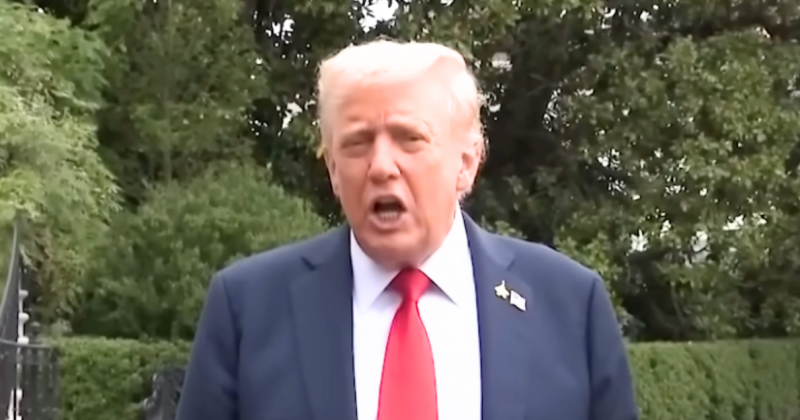The Trump administration has implemented immediate restrictions barring journalists from accessing a West Wing area known as “Upper Press” following discoveries that some reporters were secretly recording sensitive information and eavesdropping on private meetings.
The policy marks a significant change in media access to spaces adjacent to the Oval Office.
The White House issued a formal memorandum Friday announcing the prohibition.
The directive prevents press passholders from entering Room 140 in the West Wing without a scheduled appointment.
Officials stated the policy aims to ensure adherence to protocols regarding access to sensitive material.
Room 140, designated as “Upper Press,” sits directly adjacent to the Oval Office.
The area has historically provided journalists with proximity to senior White House officials and communications staff members who handle classified and sensitive information on a daily basis.
Multiple incidents prompted the decision to restrict access, according to White House officials.
Reporters were discovered capturing unauthorized video and audio recordings of White House offices.
Some journalists also photographed sensitive information without obtaining permission from administration officials.
Additional violations included reporters entering restricted areas near the Oval Office.
Officials noted that White House communications offices are located mere feet from the Oval Office itself, creating security concerns when unauthorized personnel wander into prohibited zones.
The administration revealed that some journalists engaged in eavesdropping activities outside closed-door meetings.
Cabinet secretaries who regularly visit the communications office for private discussions have been ambushed by reporters stationed outside office doors waiting for officials to emerge.
The memorandum attributes the need for enhanced security measures to recent organizational changes within the National Security Council.
The White House now directs all communications functions, including matters related to national security. This expanded role means communications staff members routinely handle classified and sensitive materials.
The new policy requires coordination between National Security Council staff and White House communications personnel.
Officials determined that unrestricted media access to Room 140 compromised their ability to protect sensitive information and maintain necessary operational security.
Journalists seeking access to Upper Press must now request appointments through email.
The White House established a dedicated email address for appointment requests. An authorized White House staff member must approve each request before access is granted.
The restrictions do not eliminate all media access to White House communications staff.
Reporters retain free access to the Lower Press Area located outside the Briefing Room.
Press aides continue to be available in that space to respond to inquiries from journalists.
Communications Director Steven Cheung provided detailed explanations for the enhanced restrictions.
Cheung stated that reporters were caught “secretly recording video and audio of our offices, along with pictures of sensitive info, without permission.”
He emphasized that some journalists “wandered into restricted areas” despite offices being located in close proximity to the Oval Office.
Cheung further explained that reporters had been “caught eavesdropping on private, closed-door meetings.”
He noted that Cabinet secretaries frequently enter the communications office for confidential discussions, “only to be ambushed by reporters waiting outside our doors.”
The Communications Director clarified that press members maintain access to lower press areas where communications team members are stationed to address questions.
He stated that reporters can schedule appointments to meet with officials in their offices when necessary.
White House officials noted the policy represents a return to previous standards.
The restrictions mirror access rules implemented during the Clinton administration, suggesting the Obama and early Trump years represented a period of expanded media access rather than the new policy being an unprecedented restriction.
The White House decision follows recent changes at the Pentagon regarding media credentials and building access.
The Department of War instituted new regulations governing which news outlets can obtain credentials to cover military operations and policy announcements.

